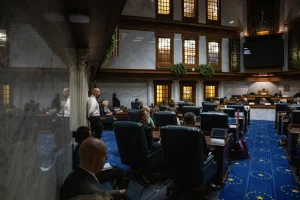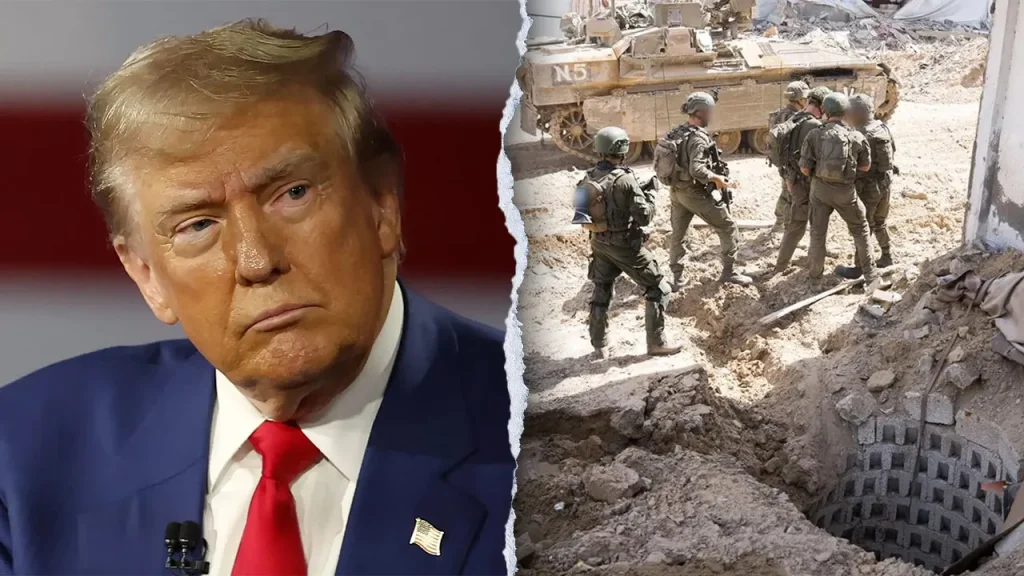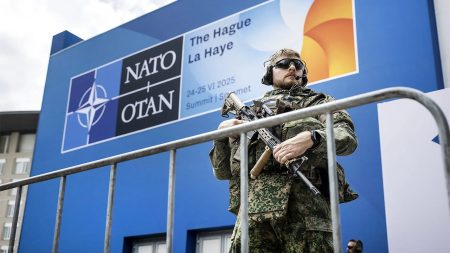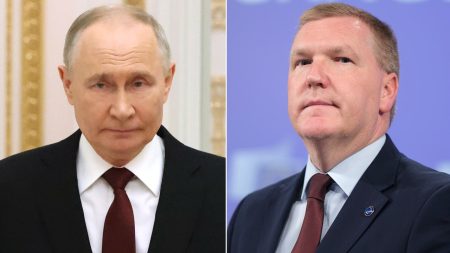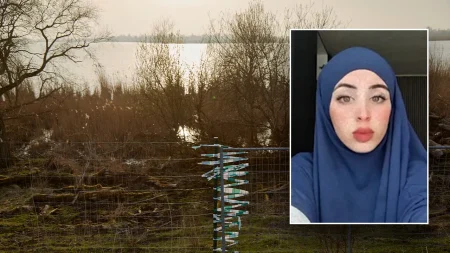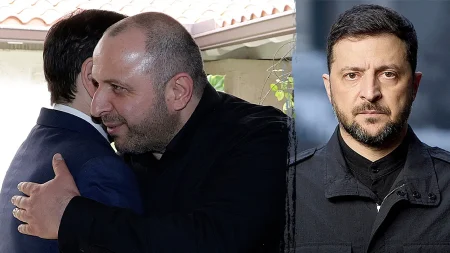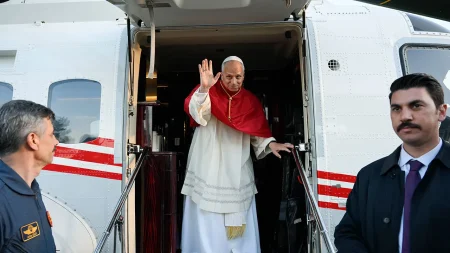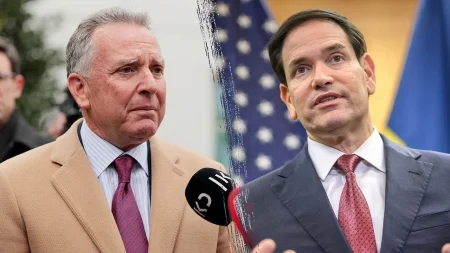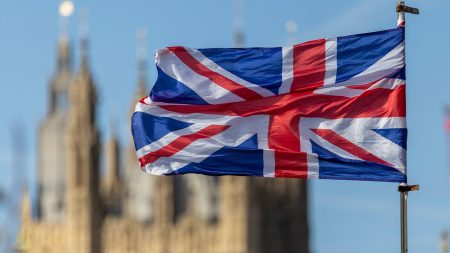Trump’s 20-Point Gaza Peace Plan: A Bold Initiative Amidst Ongoing Conflict
President Donald Trump unveiled a comprehensive 20-point plan aimed at ending the Gaza war that has been raging since October 7, 2023. The timing coincided with Israeli Prime Minister Benjamin Netanyahu’s visit to the White House, showcasing the administration’s commitment to resolving the conflict through diplomatic means. The plan represents one of the most detailed frameworks put forward to address the complex crisis, proposing concrete steps toward ceasefire, hostage releases, and long-term stability in the region. At its core, the plan envisions transforming Gaza into a “deradicalized terror-free zone” while offering a path to amnesty for Hamas members willing to lay down their arms and commit to peaceful coexistence.
The mechanics of the peace plan are structured around immediate de-escalation followed by a staged withdrawal of forces. According to the document, “If both sides agree to this proposal, the war will immediately end. Israeli forces will withdraw to the agreed-upon line to prepare for a hostage release. During this time, all military operations, including aerial and artillery bombardment, will be suspended, and battle lines will remain frozen until conditions are met for the complete staged withdrawal.” Within 72 hours of Israel accepting the agreement, the country would release remaining hostages in its captivity—both alive and deceased. In exchange, Israel would then release “250 life sentence prisoners plus 1700 Gazans who were detained after October 7th, 2023.” This prisoner exchange represents a significant compromise intended to build mutual trust between the warring parties.
Perhaps most controversially, the plan includes an amnesty provision for Hamas members who renounce violence. “Once all hostages are returned, Hamas members who commit to peaceful co-existence and to decommission their weapons will be given amnesty. Members of Hamas who wish to leave Gaza will be provided safe passage to receiving countries,” the document states. However, Trump’s approach combines this olive branch with a stern warning. During the press conference with Netanyahu, Trump made clear that if Hamas rejects the agreement, “Israel would have my full backing to finish the job of destroying the threat of Hamas.” Netanyahu echoed this sentiment, stating that Israel “will finish the job by itself” if Hamas fails to accept the terms or undermines implementation. This dual approach of diplomacy backed by potential force underscores the administration’s determination to resolve the conflict one way or another.
The 20-point proposal appears to be an evolution of an earlier 21-point initiative that Trump circulated at the United Nations earlier in September. During meetings with leaders from Saudi Arabia, the UAE, Qatar, Egypt, Jordan, Turkey, Indonesia, and Pakistan, Trump’s Special Envoy Witkoff presented what they called “the Trump 21-point plan for peace in the Middle East.” According to a White House official speaking on background, “The President underscored his desire to bring fighting in Gaza to an expeditious close,” while Witkoff outlined key elements including “the return of all hostages living and deceased, no further attacks on Qatar, a new dialogue between Israel and Palestinians for peaceful coexistence and more.” The meetings were described as “productive,” with foreign partners expressing “broad agreement that President Trump was the only one who could end the fighting in Gaza.”
Notably, Palestinian Authority President Mahmoud Abbas signaled support for the peace initiative in a recorded address to the UN General Assembly. After being barred from entry to the United States, Abbas declared, “We are ready to work with U.S. President Donald Trump and with the Kingdom of Saudi Arabia and France, the United Nations and all partners to implement the peace plan that was approved in the conference that was held on the 22nd of September, in a way that would lead towards a just peace and regional cooperation.” Abbas added that the Palestinian Authority is prepared to take over security and governance in Gaza, while insisting that Hamas must disarm. His statement that “Palestine is ours. Jerusalem is the jewel of our hearts and our eternal capital. We will not leave our homeland” underscores the complex balance that any comprehensive peace plan must achieve.
The diplomatic efforts come against a backdrop of continued regional violence. Even as Trump pushed for peace in New York, Israel expanded its campaign against Iran-backed militias, carrying out extensive airstrikes against Houthi targets in Sana’a, Yemen. The Israeli Defense Forces confirmed it conducted a wide wave of airstrikes less than 24 hours after a Houthi drone struck a hotel in Eilat, wounding 24 people. Saudi and Israeli media reported more than 10 strikes during the Houthis’ weekly address, targeting command centers, intelligence headquarters, and military compounds, with Israeli officials estimating over 50 militants killed. Defense Minister Israel Katz described the operation, code-named “Package Delivered,” as dealing a heavy blow to the Houthi regime. The continuation of military operations throughout the region highlights the urgency of finding a diplomatic solution to the Gaza conflict before it expands further, potentially drawing in more actors and complicating peace efforts.


